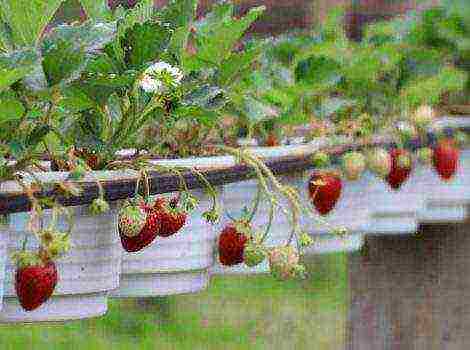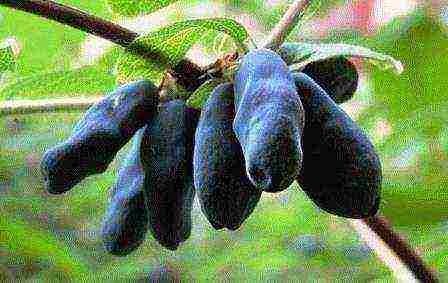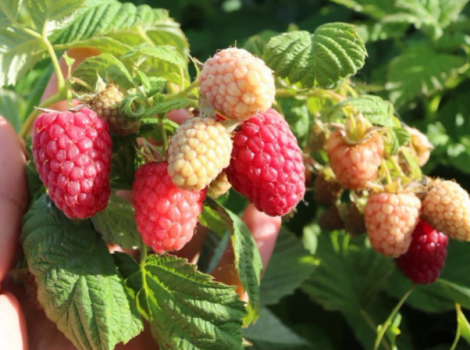Content
The basis for obtaining a generous harvest of peaches is a competent choice of a place for a tree, a properly carried out planting process. When choosing peach varieties for planting in the Krasnodar Territory, you need to pay attention to the soil structure of your garden. Thus, if a clonal rootstock is used (in other words, a peach graft on a peach tree), then a soil with a carbonate content will not work. If your site has a close occurrence of groundwater, then planting peach trees will also not bring the desired result.
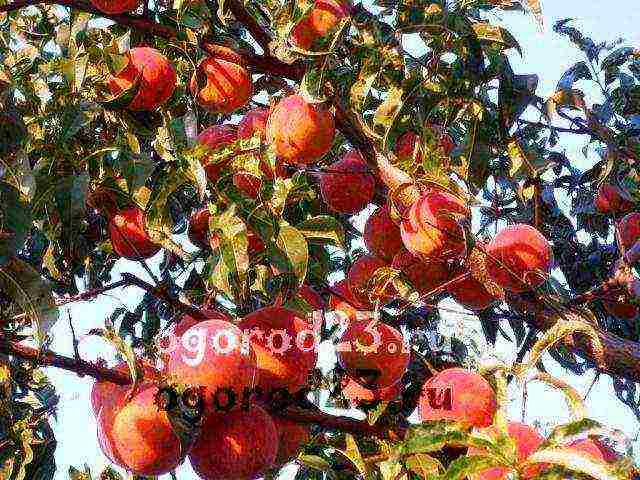
On sandy soil, as well as on dense loam, this culture will not feel comfortable. The optimal type of soil on which peach varieties successfully grow and bear fruit for the Kuban is structural soil. In the Krasnodar Territory, it is best to grow hardy cultivars. Young seedlings (annuals) are preferable to plant in a windless area, with the onset of autumn or spring, as soon as the snow melts.
Let's take a look at the best peach varieties that are ideal for growing in our region. Below will be described the main features of the species, their brief characteristics, possible disadvantages. We all strive to get the best result from the investment of our time and energy, so this choice should be taken seriously.
↑ back to table of contents ↑ Description of peach varieties
I'll start with the so-called fig varieties, all of which are domesticated. These varieties are bred by breeders and do not occur in the wild. Whatever they call them: Chinese turnip, Fergana peach, saucer, Chinese fig. Their fruits are characterized by low calorie content along with nutritional value, and this applies to all representatives of this culture. To date, fig varieties of peaches have been bred: "New", "Saturn", "Turnip Stepnaya", "Vladimir", "Fig White". They are all distinguished by a characteristic, slightly flattened shape, a rich vitamin composition, and a pronounced sweet taste. However, there is also a minus - these fruits are very tender, not prone to long-term storage, quickly deteriorate (rot).
↑ back to contents ↑ Saturn
In the Krasnodar Territory, the Saturn fig peach is popular, it has a characteristic flat shape, very sweet in taste (without a sour note), the average fruit weight is 80-100 g. Very juicy, early-growing, frost-resistant, with a good yield variety. Fruits are yellow, with red barrels, frost-resistant, respond well to transportation. Inside there is a medium-sized bone, which is easily separated from the pulp.
Saturn, photo:
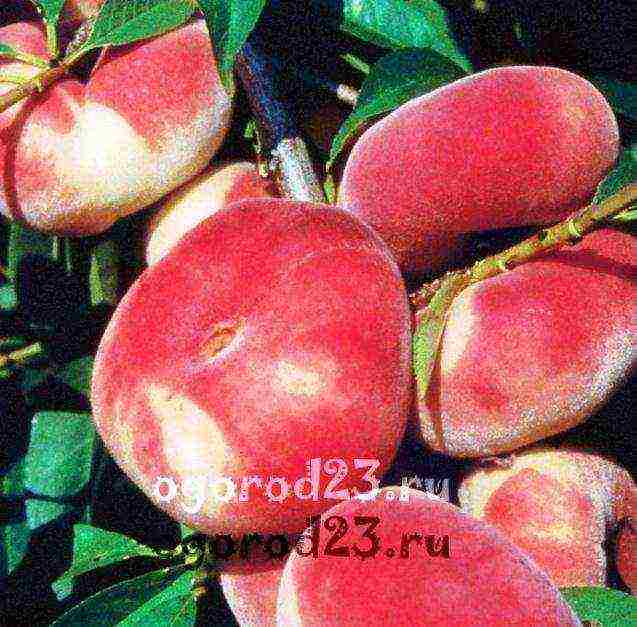

↑ Back to Contents ↑ Redhaven (Red Haven)
An excellent option for a summer residence: it ripens early, adapted for growing in our region. Fruits are medium and large, by weight can reach 130-150 g, are distinguished by high taste - this is one of the most delicious varieties. The color of the fruit is deep yellow, red fragments may be present, the flesh is yellow-orange in color, with a pronounced aroma.
Redhaven peach is an early variety that has good immunity to many diseases, cold (frost). With improper care, it can become a target for fungi, requires an individual agrotechnical approach, timely fertilization.
Begins to bear fruit by the third year of life, ripens around the middle of summer. On average, 40-50 kg of peaches can be removed from a 10-year-old tree, which are well transported (dense pulp), well stored. It has a characteristic feature that is very convenient for those who grow crops for sale - an extended ripening period. There is such a thing as technical ripeness: a couple of weeks before the final ripening, the fruit takes on the appearance of an already ripe fruit.
Redhaven, photo:
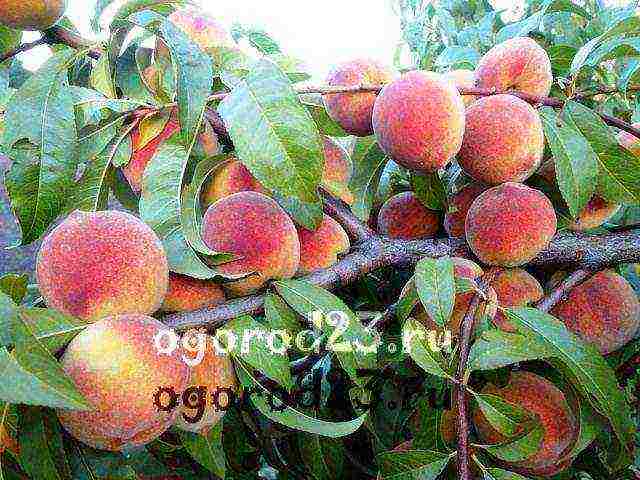

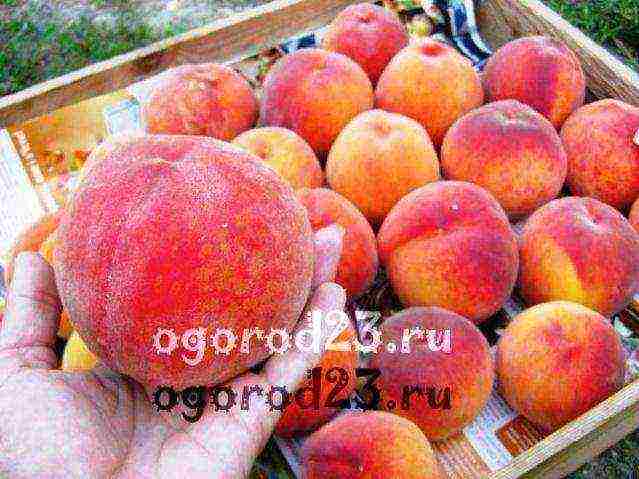
↑ back to contents ↑ Collins
This is a frost-resistant peach variety, spring and winter cold does not care for him. Differs in abundant productivity, when collecting fruits, you need to be vigilant - remove ripe fruits in time so that they do not break branches with their weight. Orange-red peaches do not ripen simultaneously, but in stages (sequentially), have a pronounced sweet taste with a slight admixture of sourness. This species is a find for lovers of large fruits, which can reach 150-160 g. The fruit itself can be round or slightly oval in shape, with a fluffy skin, which is rather difficult to remove.
Collins, cultivar peaches, photo:
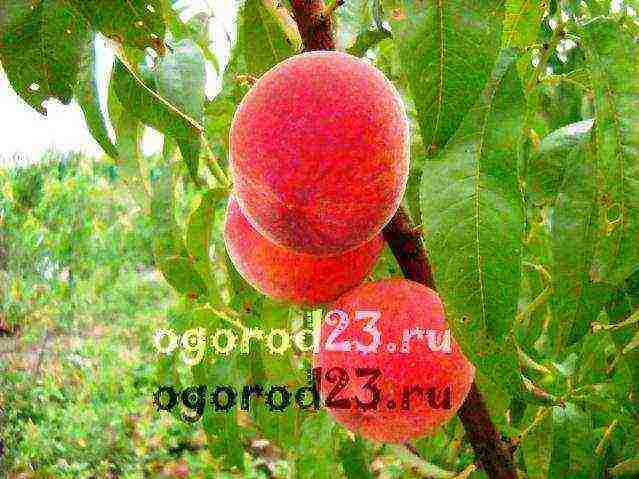
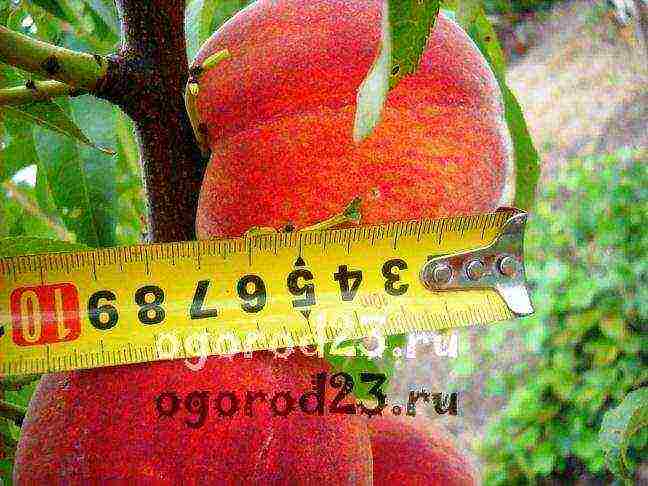
Collins' pulp is dense, with a bright characteristic aroma, the stone is small, it is easily separated (provided that the fruit is fully ripe). 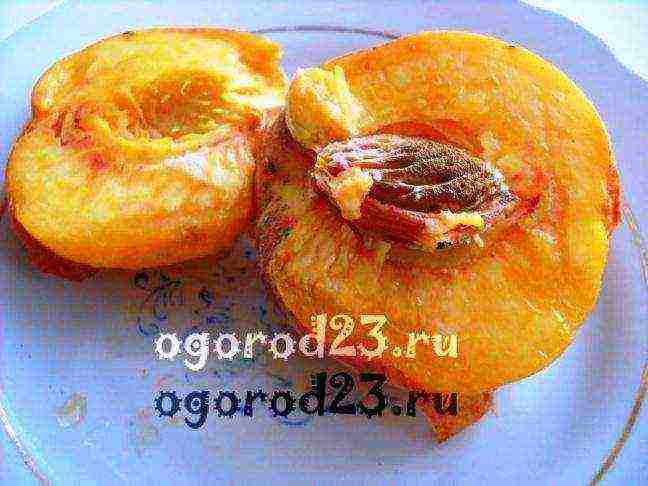 This species tolerates transportation well, ripens by the first days of July.
This species tolerates transportation well, ripens by the first days of July.
The tree requires maintenance (pruning branches, shaping the crown), regular watering and top dressing. You can hear different opinions about Collins from different gardeners: some have medium-sized, uneven fruits, and there are also references to cracking.
This species needs prophylaxis of the fungus clusterosporiosis (perforated spot). Collins also has a tendency to curly foliage, despite good resistance to other diseases.
↑ back to contents ↑ Memory of Semirenko
Peach variety Pamyat Semirenko meets all consumer requirements. It is a disease-resistant, mid-season (in the Krasnodar Territory it ripens by mid-July) high-yielding species with good winter hardiness. Fruits of rich carmine color, rounded, covered with edges, can reach 120 g. The flesh of the fruit is very sweet, fragrant, of a darkish yellow hue, the density is medium, which makes it difficult to separate the stone. Semirenko's memory has good disease resistance.
Memory of Semirenko, photo:

↑ back to contents ↑ Veteran
The Veteran peach variety is also a favorite among summer residents and gardeners. The trees are medium-sized, with a dense crown, and do not exceed 4-5 meters in height. The fruits themselves are quite large (130-160 g), rich yellow with a ruddy coating. The pulp of the fruit has an average density, a pronounced sweet with sour taste, a clear peach aroma. The veteran is resistant to cold weather, bears fruit very well - about 50 kg of harvest can be harvested from an adult tree. The peak of the abundance of fruits occurs in the second half of August. Fruits are non-perishable, tolerate transportation well, are resistant to ash (powdery mildew), clusterosporiosis.
Veteran, photo:
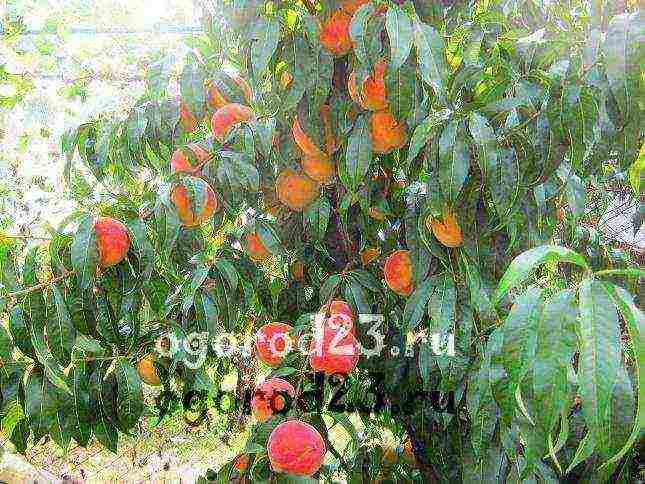
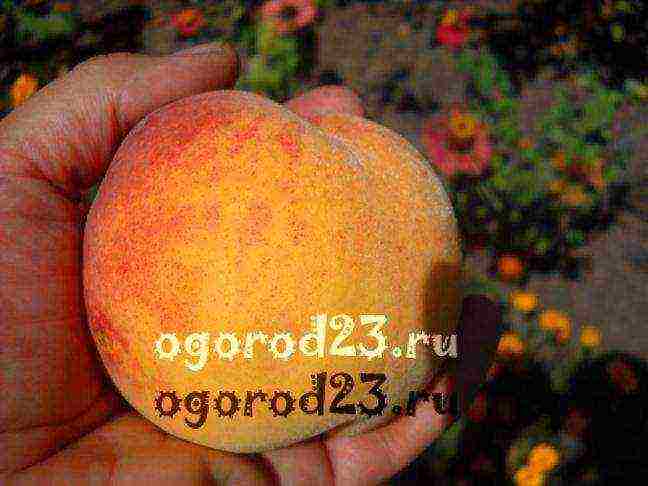
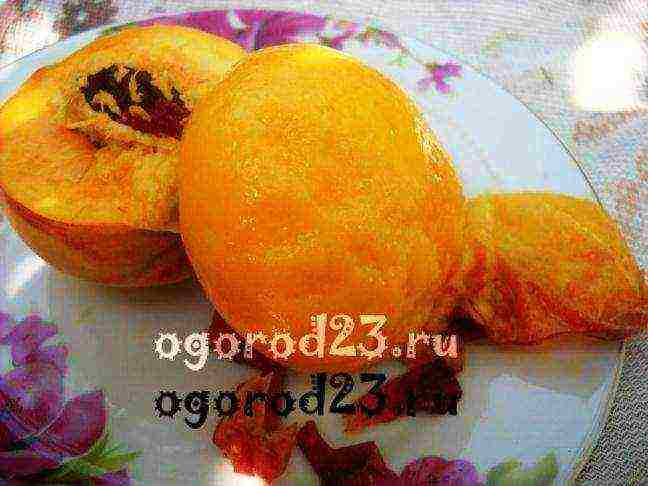
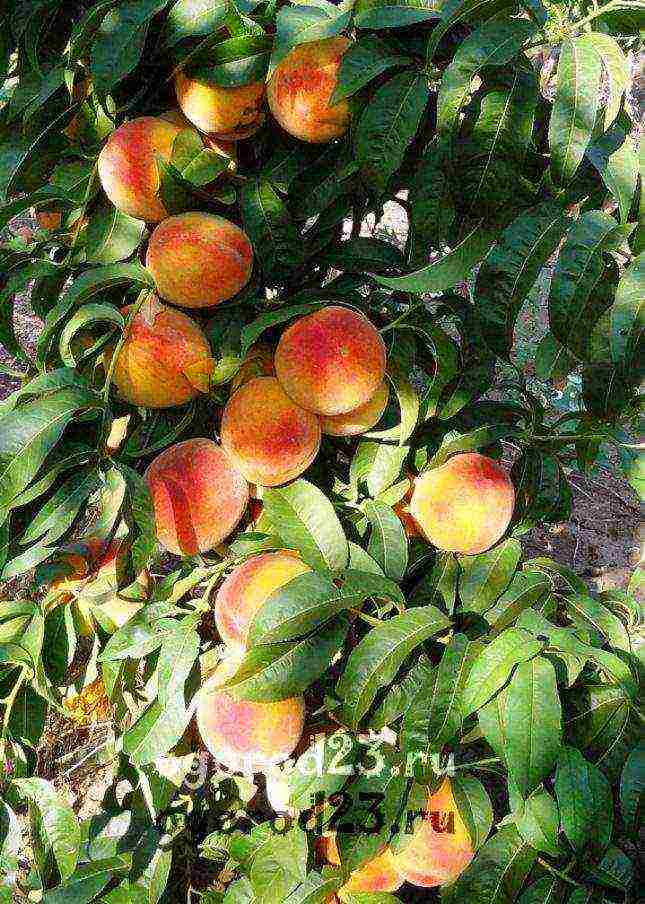
↑ Back to Contents ↑ Autumn Blush
Medium-late ripening peach variety Autumn Blush can produce fruits up to 200 g in weight. The fruit has a creamy shade with a red blush, a medium-term white pulp with a sweet and sour taste. These peaches are good both fresh and processed (compotes, jams, juices), they tolerate transportation well. The pulp has a cartilaginous structure, the bone is not separated well.
Autumn Blush, photo:

A bountiful harvest should be expected by late summer / early fall. Autumn Blush tolerates cold or drought well, has a strong immunity to the main diseases of this culture.
Through the labor of breeders, its clone, the Velvet Season variety, was bred. According to reviews on horticultural forums, the high yield of this species can contribute to the breaking of the branches.To avoid such a situation, ripe fruits should be removed from the tree in a timely manner.
It is the Autumn Blush, along with its "twin brother" Velvet Season, that provide the expansion of the range of peaches in the Krasnodar Territory. These varieties yield a harvest two weeks later than all the main types of the crop.
Velvet season, photo:
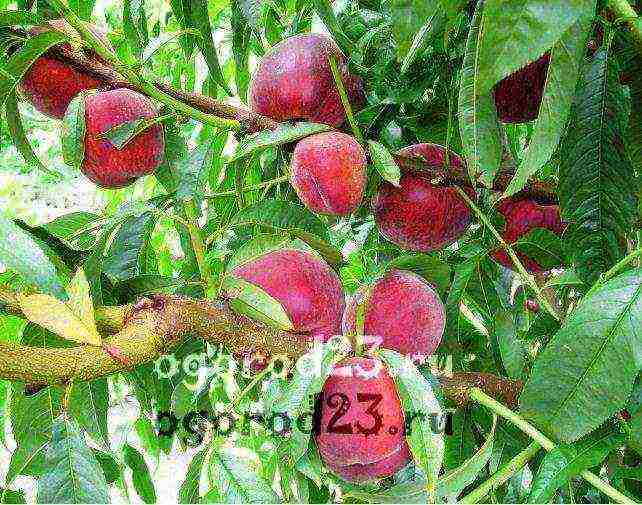
↑ Back to Contents ↑ Golden Jubilee
Peach Golden Jubilee - description of the variety: it ripens early enough (by the second half of August), gives a generous harvest (up to 50 kg per tree) and large fruits (150-180 g). The fruit itself has an oval shape, slightly flattened from the sides, golden color, with a rich carmine blush. It is a self-pollinated species, but experienced gardeners recommend planting the Golden Jubilee in small "families" to obtain an even larger yield. Growing nearby trees of the same variety will contribute to improved allogamy (cross-pollination).
Due to its adaptability to the climate of the growing region, the Golden Jubilee has become one of the most common, beloved peach varieties. The fruits removed from the tree have a long shelf life without losing their presentation (7-10 days), and are suitable for transportation. A small bone is hidden inside the fruit, which is easily separated from the pulp.
Golden Jubilee, photo:
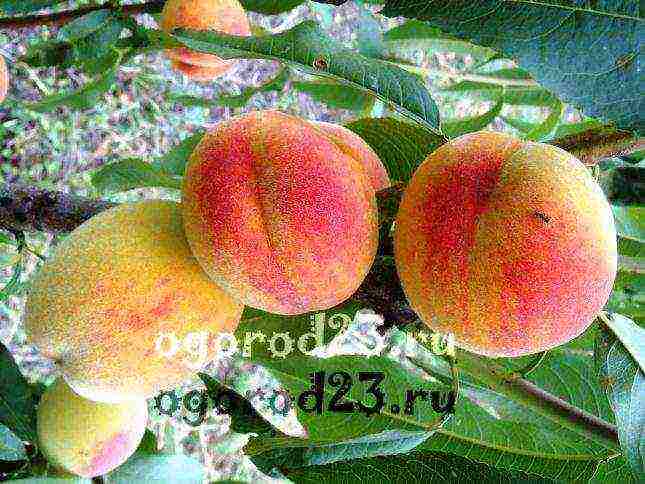

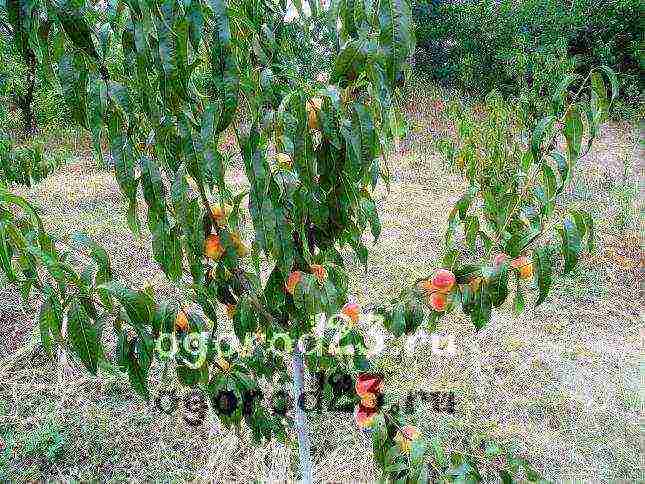
It has excellent taste characteristics - the taste is moderately sweet, with a slight bitterness. Frost resistance, high resistance to fungi and common diseases are the advantages of this type. The Golden Jubilee ripens by mid-July, but it is worth paying attention to its characteristic feature - the tendency to discard fruits, ripe and under-ripe. It makes excellent compotes, juices, jams.
↑ back to contents ↑ Early Kuban
If you are wondering which sort of peach is better to plant in our region, feel free to choose Early Kuban. This species has oval-shaped fruits, slightly pressed from the sides. Despite the small size of the fruit (80-100 g), the juicy tender pulp has a sweet taste and a pronounced aroma. Early Kuban is ideal for juicing and fresh consumption.
The fruits are slightly pubescent, covered with a beautiful golden skin with ruddy barrels, the stone is reluctantly separated, often cracking. This species is distinguished by an abundance of harvest, which ripens by the beginning of July. Indicators of winter hardiness, drought resistance, and disease resistance are average. Due to the very tender pulp, Early Kuban is not suitable for transportation, long-term storage.
Early Kuban, photo:

↑ Back to Contents ↑ Springold
Considering early peach varieties, you should definitely pay attention to the Springold variety. This is a very early species that allows you to taste sweet juicy fruits already in the first half of summer (mid / late June). The fruit has a slightly elongated shape, a pronounced golden-red hue, weighing on average 120-160 g. The fleshy core of the fruit pleases the eye with a bright yellow color and strong aroma, the stone is difficult to separate.
According to numerous reviews of gardeners, this is one of the most delicious peach varieties among the early ripe representatives of this culture. Tree growth is slightly above average, high yields and excellent disease resistance make Springold a clear favorite. For long-term transportation, this type is not designed, but for short-term it is quite suitable.
Springold, photo:

↑ back to contents ↑ Favorite of Moretini
Another representative of the early maturing species, bearing fruit by the end of June. Fruits of the Favorite Morettini are of medium size, oval in shape, weighing on average 80-100 g. The ripe fruit has a dark yellow color (with red blush and streak-like blotches), moderate edging, dense to the touch, but not too hard. The peach pulp is also yellow in color, juicy, sweet, with a pronounced aroma. A medium-sized bone from the pulp is difficult to separate, often cracking.Favorite Morettini is characterized by high taste and market indicators, very early ripening of the crop.
Favorite Morettini, photo: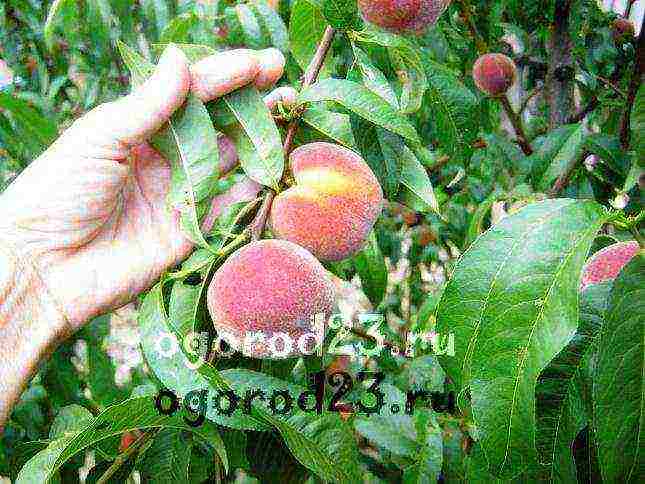
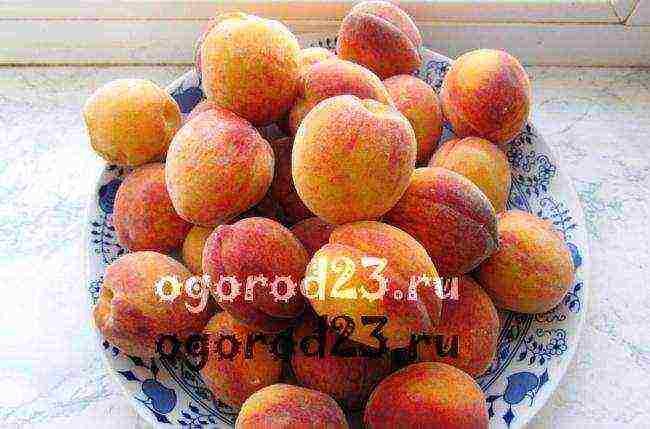
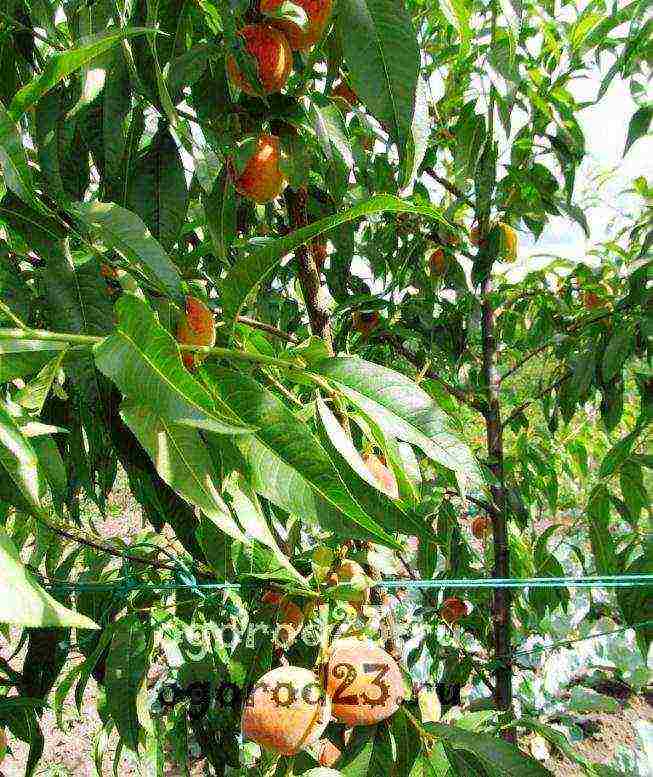
The trees of this species are of medium size - this factor significantly optimizes the process of harvesting fruits, facilitates the care of the plantings. Favorite Morettini begins to bear fruit in the second year of life, yields are usually generous and regular. The species itself is quite frost-resistant, the fruits, after being removed from the tree, do not deteriorate for three to four days. Possesses weak immunity against fungi, prone to moniliosis.
Summarizing all of the above, I would like to highlight the peach varieties that are the earliest, these are: "Early Kubani", "Favorite Morettini", "Collins", "Redhaven". Choose the highest quality, healthy seedlings, provide the tree with the necessary care. If you follow all the agrotechnical requirements for planting this crop, a bountiful harvest will not take long.
↑ to content ↑ Peach varieties resistant to curliness
The causative agent of this disease is a fungus that infects foliage with the arrival of summer. As a result, cuttings, internodes and shoots are deformed, foliage curls, changes color, the quality of the fruit is lost. In the advanced stage of the disease, leaves fall from the tree, branches die off. The fight against the disease consists in irrigating the crown with fungicides, which contain copper in their composition.
If you are thinking about planting young trees on your site, then pay attention to peach varieties that are resistant to curliness. Good immunity against this scourge are possessed by: Redhaven, Sunhaven, Springtime, Nectared 4, Stark Red Gold, Erlired, Saturn peach. According to gardeners' reviews on thematic forums, Early Kuban, Bagrinovsky, Madeleine Pouillet are also very resistant to curl.
Curly leaves, photo:
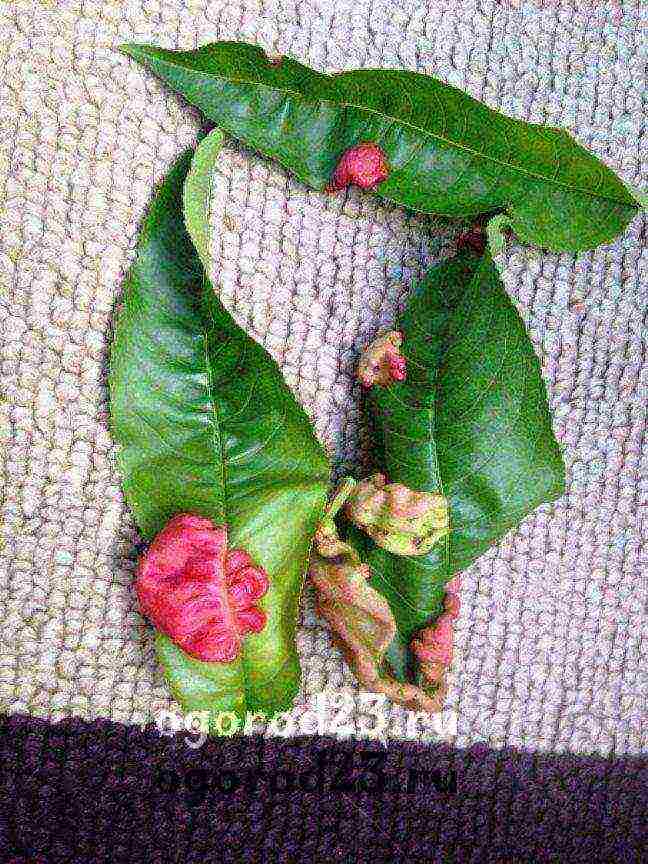

I also want to mention a couple of methods that are very effective, again, according to the recommendations of seasoned gardeners. The first "life hack" is the initial formation of a peach in the form of a bush, but not a tree. The second trick is to plant several tomato bushes under the tree (close to the trunk). You will hardly wait for a tomato harvest, but there will be no curliness - it has been checked repeatedly.
Summing up, it is worth mentioning that for planting peach trees, it is better to choose sunny and, if possible, calm places. As an early flowering crop, it is preferable to plant them on the south side of the site. If you already have mature tall trees in your country house, place the peaches away from them (so that they do not shade the young trees). Low-lying or wetland areas with wet soil are not suitable for this crop. To avoid contamination of young seedlings with verticellosis, 4 years before planting peaches, do not plant watermelons, melons, pumpkins, strawberries, as well as alfalfa or clover in this place.
Before growing peach varieties in the Krasnodar Territory, prepare the soil properly: 12 months before planting, fertilize it with organic matter, mineral dressings. Do not forget about quality drainage for planting holes. Let, after all efforts, this beloved by many, fragrant, sweet fruit delight you with a bountiful harvest.
Peach is a short-lived plant... It is distinguished by its rapid entry into the fruiting phase, intensive growth.
Peach buds have the ability to quickly awaken and release young shoots. The crown grows and if it is not thinned out, starting from the second year, then the yield will decrease.
From the fourth year, the peaches will become small and misshapen. Young trees begin to bear fruit in the second year after planting. With good care, they can give a crop in the first year, with autumn planting.
But this should not be allowed. Better to let the plant develop. You will collect a small crop, but time will be spent, and the plant will lose its strength.
Table of contents
- Juicy peach variety
- Varieties and their description
- Ripen early: Kiev Early, White Swan, Grisborough and Redhaven, Morettini
- Medium ripening: Collins, Cardinal, Golden Moscow, Sibiryak, Saturn, Kremlin, Donskoy
- Late, frost-resistant: Fury, Frost, Veteran
- Self-fertilized, self-fertile peaches: Inka, Vulcan, Harnas, Golden Jubilee
Juicy peach variety
In the past, gardeners dreamed of peaches that can be grown in all regions of the country, not just in the south.
Today, their dreams have come true: breeders have developed many interesting winter-hardy, frost-resistant varieties with different fruiting times, fruit shapes and taste.
Peach trees are divided into four groups (depending on the shape of the fetus):
- Real peach is a plant with pubescent fruits.
- Nectarine or bare peach.
- Potanin's Peach (Potanin's Almond).
- Fergana peach or fig (flattened fruit).
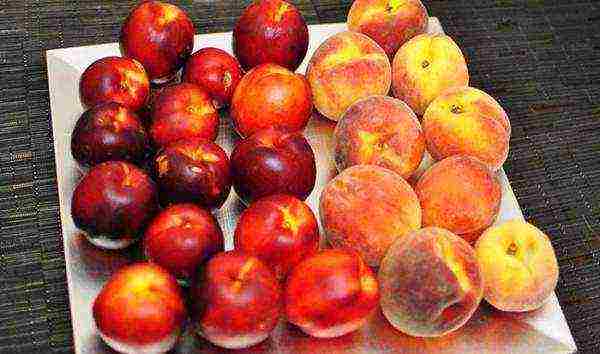 Peach trees are divided into four groups depending on the shape of the fruit.
Peach trees are divided into four groups depending on the shape of the fruit.
The timing of fruit ripening, the flowering period - it all depends not only on the area where the tree is grown, but also on the characteristics of the variety:
- Early maturing varieties give off the first fruits from July to August.
- Mid-season enter the fruiting phase in early August and delight with the harvest until September.
- Late peaches ripen in autumn: September, early October.
Which variety is best suited for a plot or garden depends on the climatic features of the area. It is important to choose plants so as to stretch the fruiting season for the whole season.
The yield of a plant depends on the correct choice of the variety. When buying a seedling, you need to pay attention to several important points, we give their description:
- Where did the seedling come from?... If the nursery is located in a different strip, then the seedling may die in the first year after planting or it will constantly freeze. The variety should be zoned, and the nursery should be in the same climatic zone (preferably even in the same region) where the tree will grow.
- Inspection of the scion site... It should be smooth and even, without bumps and hardened juice.
- Plant root system should have a fibrous shape. A root in one trunk is not good.
Annual seedlings take root better and delight with the harvest faster. When buying, it is better to focus on them, but choose strong, healthy plants, and not frail twigs.
Varieties and their description
Ripen early: Kiev Early, White Swan, Grisborough and Redhaven, Morettini
The peculiarity of early maturing varieties is that they quickly enter the fruiting phase. Two-, three-year-old seedlings are already producing a small harvest. Yields peak in the fourth to fifth year after planting.
When choosing early maturing varieties, it is better to focus on plants that have a low, spreading crown. They are easier to care for and shape during the growth period. Shorter trees are also easier to harvest.
Among the representatives of this group, varieties deserve special attention Kiev Early, White Swan and Redhaven.
Redhiven's crop peaks at 11 years of age. More than a hundred kilograms of fruits are harvested from one tree.
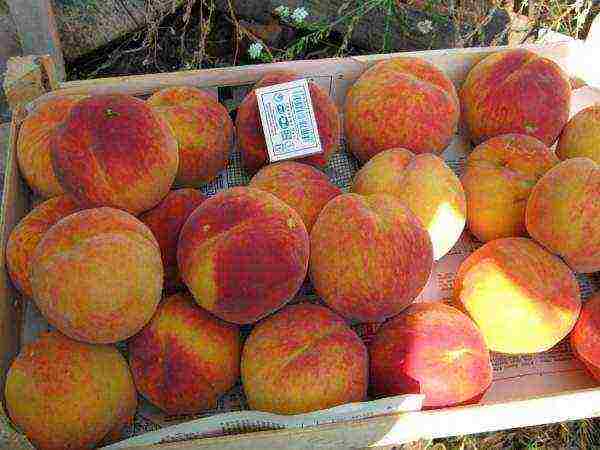 The best early varieties of peaches: Kievsky Early, White Swan, Grisborough and Redhaven, Morettini
The best early varieties of peaches: Kievsky Early, White Swan, Grisborough and Redhaven, Morettini
Each variety of early peach is good in its own way and has a lot of advantages.
Benefits of early peach varieties:
- form a wide crown no more than 5 meters high;
- plants bloom in April-May;
- they enter the fruiting phase quickly: in the fourth year after planting the seedling;
- fruiting is extended from July to August;
- it has a high yield, aromatic and tasty fruits.
The first fruits appear on a mature, well-formed tree. This cannot but affect the yield: from a six-year-old tree, with proper care, you can harvest up to 60 kilograms of peaches.
Another prominent representative of this group is Grisborough variety... It is distinguished by medium vigor, but, unlike the aforementioned varieties, it has an average winter hardiness.
In order for the plant to bear fruit in mid-latitudes, it must be planted in calm places.
High winter hardiness pleases peach moretini... One of its advantages is a spreading crown that is easy to shape.
Morettini fruits are among the first to ripen, but have average transportability. This prevents the fruit from being transported over long distances.
Medium ripening: Collins, Cardinal, Golden Moscow, Sibiryak, Saturn, Kremlin, Donskoy
Medium ripening varieties allow the peach conveyor to continue.
Feature of plants of this species:
- high, spreading crown (from 5 meters);
- high productivity;
- good winter hardiness;
- large fruits.
Mid-season peaches have a huge number of varieties, but among them there are several types that show themselves perfectly in any conditions and do not require special care: Collins, Cardinal, Golden Moscow, Siberian, Saturn, Kremlin.
Variety Cardinal famous for its huge fruits (from 140 g) and excellent taste. This is one of the most delicious types of peach. On the international tasting scale, he received five points. This is the highest mark.
The plant is resistant to diseases, but it is difficult to tolerate recurrent frosts. It is better to plant it in a calm place, not far from the wall of a house or fence, but away from water.
 The best varieties of peaches of medium ripening: Collins, Cardinal, Zolotaya Moskva, Sibiryak, Saturn, Kremlevsky, Donskoy
The best varieties of peaches of medium ripening: Collins, Cardinal, Zolotaya Moskva, Sibiryak, Saturn, Kremlevsky, Donskoy
Kremlin peach adapts without problems to changes in temperature conditions, has high winter hardiness. Thanks to this, he attracted the attention of gardeners from regions where summers are cool. With good care, the fruits reach up to 200 g.
Variety Golden Moscow not so long ago appeared on the market, but its seedlings are very popular. The plant winters well and is resistant to diseases, has juicy large fruits.
The fruiting period stretches for almost three weeks. Peach blooms late, after the threat of frost return, and this increases the number of quality fruits.
Sibiryak variety highly regarded by farmers for its excellent transportability. The yellow fruit can be stored in a cold room for up to three weeks. In addition, they are tasty and juicy, and the bone is easily separated from the pulp.
The first crop is harvested in August, and the last fruits are removed in early September.
Peach Saturn stored no longer than 12 days. It's also a lot. The plant has high winter hardiness (up to -27). A strong crown complicates care and this affects the yield.
If the branches are tilted downward, then you can get an excellent harvest every year.
The most winter-hardy representative of this group is peach donskoy... It not only withstands severe frosts, but also quickly recovers after freezing.
The main advantage of peaches of the middle ripening period is high yield, transportability of fruits and excellent winter hardiness of the tree.
Most varieties have a juicy pulp and a pleasant aroma.... A high crown can be regarded as a disadvantage, but with the correct shaping of the tree, it is easily eliminated and turns into a virtue.
Late, frost-resistant: Fury, Frost, Veteran
Planted a peach, but it does not bear fruit, only intensively increases the crown? Do not be upset: it is better to be patient and wait a little longer.
Late-ripening varieties bear fruit starting at the age of 5 after planting a seedling. They are intended for cultivation in the southern regions. In the North and in the Middle zone, they do not have time to ripen and are sour.
American Fury withstands frosts down to -28 degrees. It is valued for its huge, up to 300 g, orange-colored fruits. The plant is undemanding to care.
The collection of fruits falls in September, when only apple and pear trees are left in the garden.The fruits are stored for no longer than six days.
Frost variety also bred by American breeders, who focused on winter hardiness and large-fruited plants.
The tree gives a high stable yield, withstands frosts down to -26 degrees, and is resistant to diseases. The fruits are used for fresh food. Stored for ten days.
 The best late-ripening peach varieties: Fury, Frost, Veteran
The best late-ripening peach varieties: Fury, Frost, Veteran
Veteran grade differs from late-ripening varieties in that it quickly enters the fruiting phase and has a low growth. The size of the fruit is also not impressive (no more than 150 g).
They love it for its good taste. It is ideal for conservation.
Self-fertilized, self-fertile peaches: Inka, Vulcan, Harnas, Golden Jubilee
Self-pollinated varieties are very popular among gardeners. To increase fruiting, it is recommended to plant several plants for cross-pollination... But one tree will also bear fruit.
Among self-pollinated, self-fertile varieties, a good harvest in a single planting gives Inka, Volcano, Harnas, Golden Jubilee.
Harnas belongs to winter-hardy, early-ripening dessert varieties. It is a vigorous tree that bears fruit regularly. Its peculiarity is that the fruits hold tightly to the branches and do not fall off.
Early maturing varieties are distinguished by high winter hardiness of trees and flower buds. They can withstand recurrent frosts. This makes it possible to grow them not only in the southern latitudes, but also in the middle lane, as well as in Siberia and the Urals.
 Self-pollinated peach varieties: Inka, Volcano, Harnas, Golden Jubilee
Self-pollinated peach varieties: Inka, Volcano, Harnas, Golden Jubilee
In the regions of Siberia, it is necessary to protect trees from recurrent frosts.
Mid-season varieties build up a decent crown and only then please with a rich harvest. The disadvantage is that it is difficult to form branches, but a regular and generous harvest allows you to turn a blind eye to this.
Mid-season varieties often bent downward to facilitate harvesting.
The lack of late-ripening varieties isthat they can only grow in a certain area. But if climatic conditions allow, then these trees will not only decorate the garden, but also delight you with delicious fruits.
When planting a peach, it should be borne in mind that all varieties bloom very early, when there are still few pollinating insects. You can help the plant by gently shaking the upper branches so that the pollen falls on the lower inflorescences.
Plants respond well to fertilizing and watering... Water plays an important role in the formation of fruits. Its quantity depends not only on the size of peaches, but also on their taste and aroma.
Give your seedlings a little attention and care so that they can turn into beautiful trees and please with the harvest every year.
Garden plants such as peach are very demanding on the planting site, so in order for the orchard to always delight with bountiful harvests, you should start with the planting process. When choosing a peach variety on your site in the Krasnodar Territory, you should pay special attention to the soil and its structure. If you plan to use a peach graft, then a soil containing carbonates is not welcome. A bountiful harvest should not be expected if a close location of underground sources is found. A peach that grows on loam and sandy soil will not feel comfortable.
For the Krasnodar Territory, the most optimal is structural soil, so it will be optimal for peaches. It is recommended to use only hardy varieties of different crops for this area. Young plants are best planted in calm areas in early autumn or late spring. Every gardener strives to get the best harvest from the plants available, so the choice of a variety must be approached with all responsibility.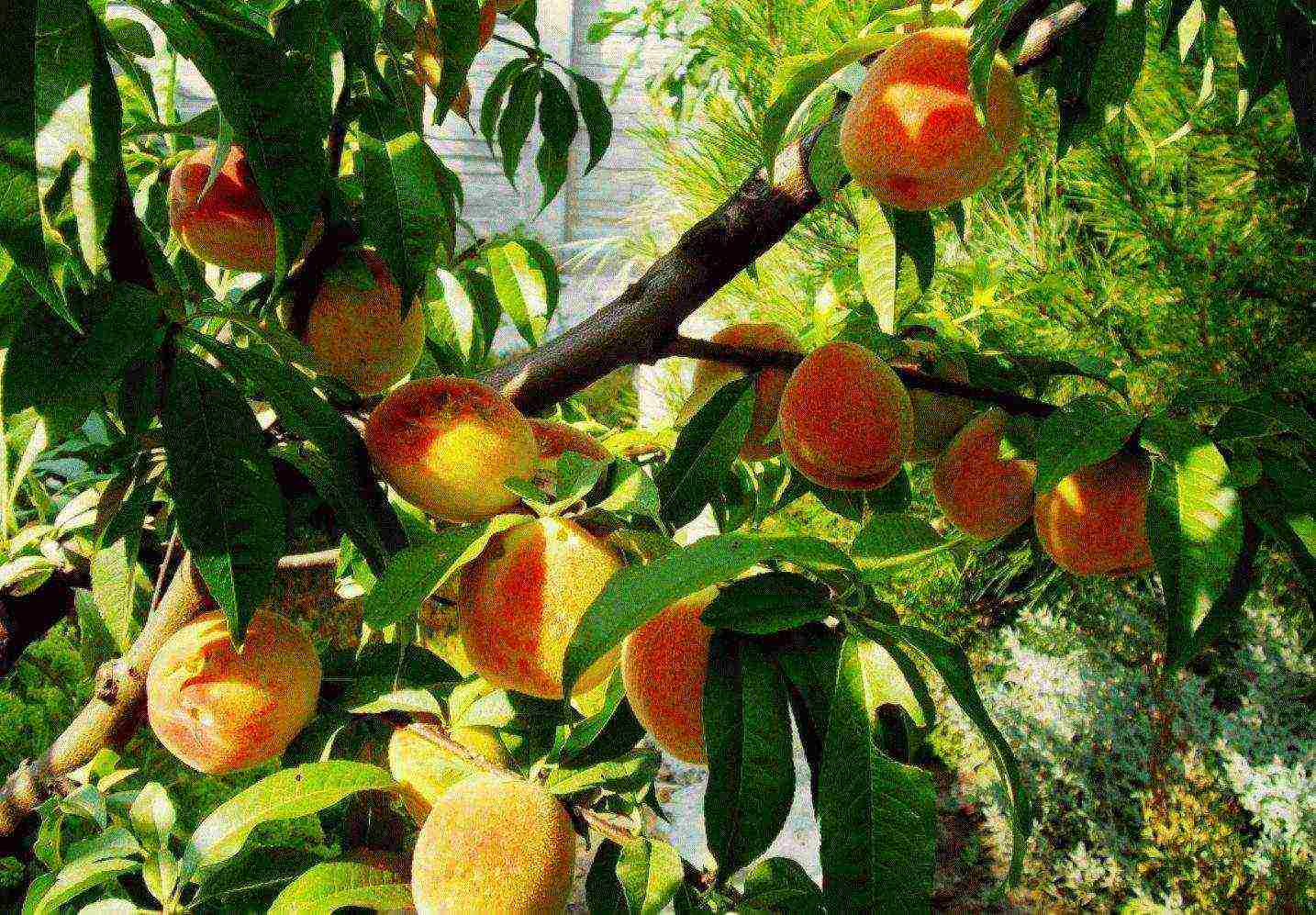
Care and reproduction
For the middle lane, abundant and regular watering is needed, especially for the period of growth and plant transplantation.By the end of summer, watering should be minimized and peaches should be watered only during prolonged droughts. Abundant watering is fraught with accelerated growth of shoots, which will not have time to get stronger and mature before the onset of the first frost. Before the start of fruit ripening, the plant is not watered. During a drought period, when the fruits are just beginning to ripen, the crown needs abundant moisture. In this case, the soil is fertilized or mulched by 10 cm.
For abundant fruiting, it is recommended to fertilize the plant with complex fertilizers, such as nitrophoska, but no more than twice a month. In order for the existing ovary not to fall off, it is recommended to carry out a number of foliar dressings and to increase watering frequency. Mullein solution is used as a top dressing after the plant has finished flowering. In autumn and spring, skeletal branches and stems must undergo a whitewashing procedure. In this case, it is advisable to add a little copper sulfate to the main composition. All wounds on the branches and tree trunk are cleaned to the base and treated with Kuzbaslak.
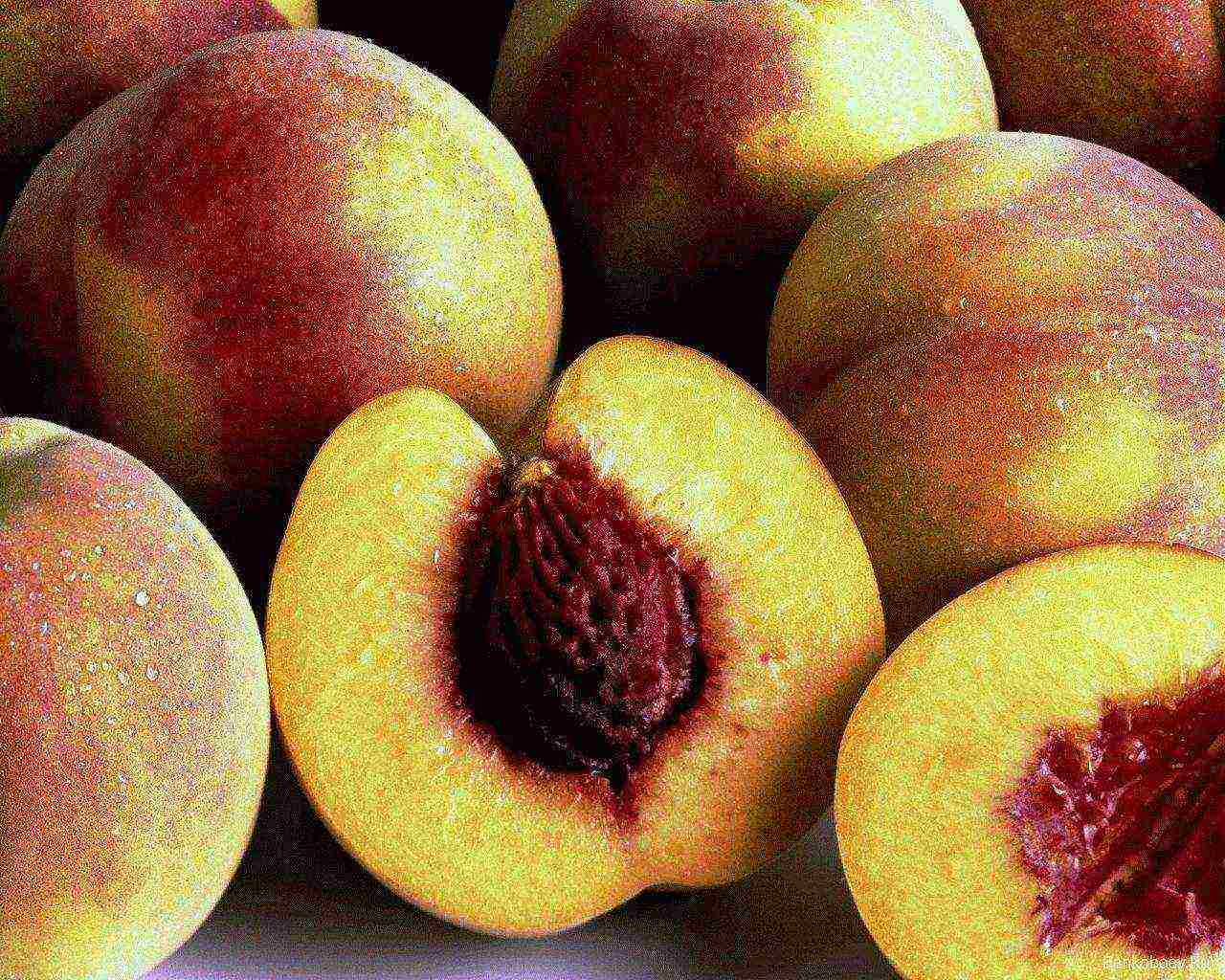
A young peach tree can survive frost at -26 * C. The appearance of a peach, which grows in the form of a spreading bush, greatly facilitates the wintering of a tree. In autumn, it is recommended to install a protective dome made of foam, expanded polystyrene or other material, which is about 10 cm thick and has a dense structure. An ordinary plastic wrap can serve as the top of the dome, and the base of the structure is carefully covered with snow.
After the frost leaves, the structure is removed. The best results are achieved by plants that have been planted by seed. Such seeds are able to maintain similarity throughout the year and are sown after a three-month stratification in autumn or spring. At the same time, young trees will begin to bloom in the third year of life. You can also use the grafting or grafting method, but this will require considerable experience and the gardener's own efforts.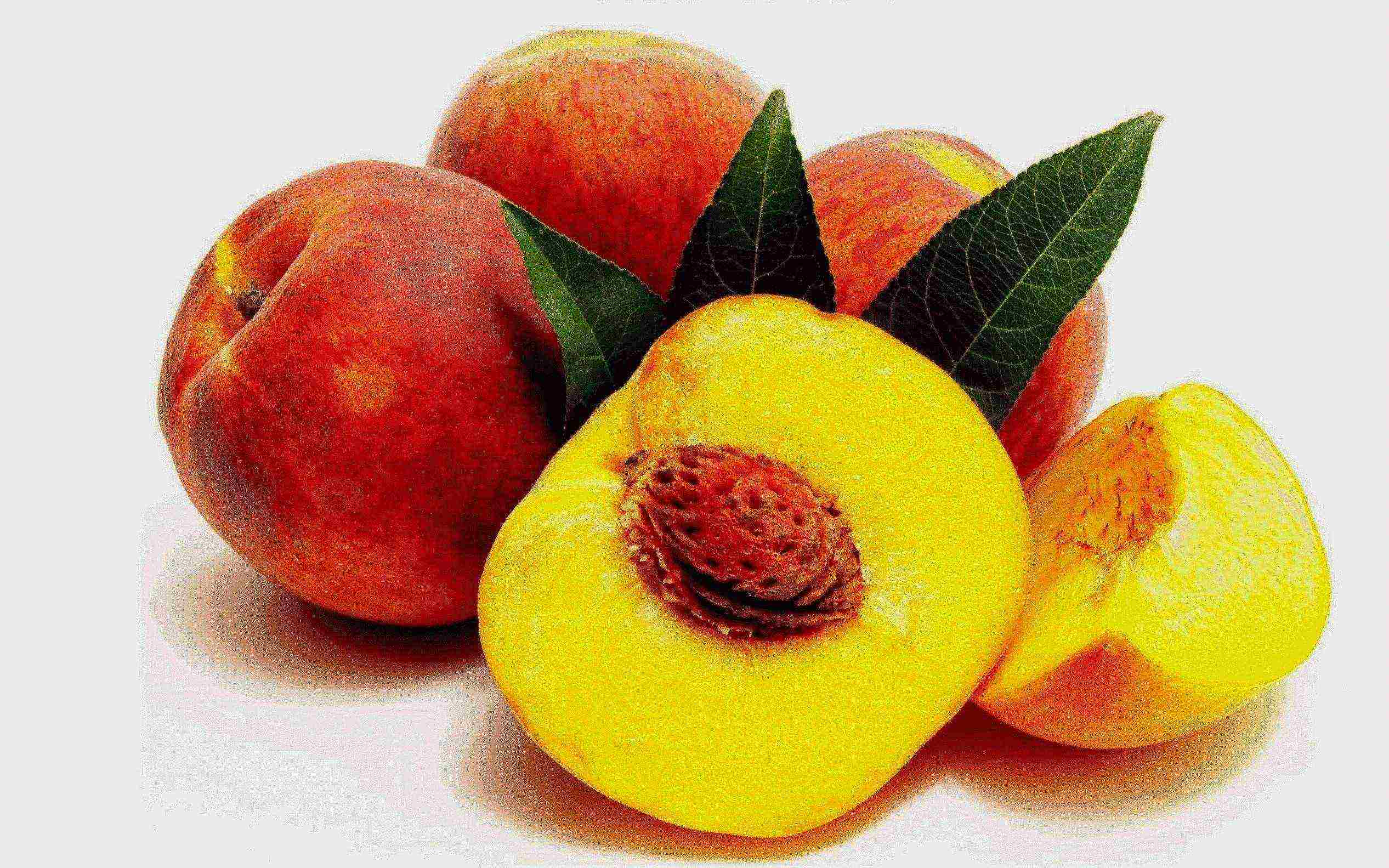
The most suitable varieties for the Krasnodar Territory:
- Collins variety. As a plant, it can easily be called frost-resistant. It is characterized by abundant harvests, however, the fruits should be removed carefully and on time, since poured peaches can break the branches. The peach has a red-orange color, but it does not ripen at the same time. The fruit itself is sweet, but with a slight sourness, weighing 145 g. It has a fluffy skin that is difficult to remove.
- Variety Autumn blush. Belongs to the category of medium late, the fruits of which reach a weight of 200 g. The peel is creamy, but has a characteristic red blush. Its pulp is sweet and sour and is used both when eaten fresh and for preservation. Removing the bone is very problematic.
- Gold Jubilee grade. Ripening occurs in mid-August. The variety is characterized by the presence of an always abundant harvest of fruits, whose weight is about 175 g. The shape is oval and slightly flattened. It is very popular because its fruits are well transported and stored. The stone is rather small and can be removed without much difficulty. The fruits are very sweet, sometimes they can taste bitter.
- Early Kuban variety. This variety has become widespread in the Krasnodar Territory. The fruit is oval in shape and weighs about 100 g. The pulp is very tender and juicy and has a pleasant aroma. They are pubescent, and the skin has a golden color. It is very problematic to remove the seed, however, the yields are always plentiful. This type of fruit is poorly stored and is not intended for transportation.
- Variety Memory Semirenko. This mid-season species has colossal resistance to various diseases. It tolerates frost well, and its carmine-colored fruit has a weight of about 110 g. The dark yellow pulp is very sweet, but the stone is difficult to remove.
- Veteran grade. It is especially popular with most gardeners and summer residents. The trees reach an average height that rarely exceeds five meters.The fruit weighs about 150 g and has a rich yellow color with a characteristic scarlet blush. Sweet, but sometimes slightly sour. One tree can give about 50 kg of harvest.
All varieties of peaches, the names of which are known to gardeners, are grown exclusively in culture. The fact is that this is one of the few cultigenic plants that have no analogues in the wild. The trees that are cultivated in modern gardens are obtained as a result of many years of hybridization between the so-called "Persian apple", plum, apricot and almond.
The medicinal properties of peach should always be remembered. But externally, the peach is very decorative, whether it is the time of its flowering or when it is loaded with bright sunny fruits.
The peach has a "twin brother" - unpeeled nectarine.
There are no zoned peach varieties either in Russia or in other countries. Several years ago, producers tried to expand the peach planting area, identified microzones where it was possible to grow it. And the results were very good. More than 20 varieties of trees were tested in the fruit state farms of the Tatsinsky, Oktyabrsky districts, near Taganrog, Novo-Bataysky and in other regions, but the peach yields were rather low, and the experience of growing this crop was not successful.
Things are better in amateur gardens. What was not achieved by the production workers, turned out to be within the power of amateurs.
You can find photos and descriptions of the best varieties of peaches on this page.
Popular varieties of peaches
Red Haven imported from Yugoslavia, tested and grown in the Oktyabrsky rural district of the Rostov region, one of the few varieties that withstood adverse conditions, gave fruit and multiplied in a nursery.
The tree is vigorous, the crown is dense. When describing this variety of peach, it is worth noting its earlier entry into fruiting - already in the 3-4th year.
The fruits are large (up to 200 g), ripen in late July - early August. The peel is pubescent, yellow, integumentary, the color is bright carmine-burgundy. The pulp is yellow, of medium density, with raspberry veins, juicy, the stone is separated.
When the tree is overloaded, the fruits become smaller, therefore, the ovary must be normalized, and the tree itself must be cut 2-3 times during the season. For the winter, it is advisable to build a shelter or at least tie the branches closer to each other. May be damaged by curliness.
Juicy. The variety was bred by breeders of the State Nikitsky Botanical Garden (GNBS).
The tree is vigorous, with a spreading crown. Fruiting from the 3rd year after planting in the garden.
As you can see in the photo, the fruits of this oval-shaped peach variety:
The harvest ripens in the second half of July, the average fruit size is 100-120 g. The peel is pubescent, greenish-cream, with a dark carmine blush, easily removed from the fruit. The pulp is white, fibrous, very sweet and juicy. The bone does not come off.
The variety has an increased resistance to fungal diseases. Winter hardy, but must be protected from frost.
Kiev early - Ukrainian variety. The tree is medium-sized, the crown is densely branched. Flower buds with increased frost resistance. Begins fruiting in the 3rd year.
Fruits are medium-sized (70-100 g), round-elongated, with a distinct beak. The skin is pale cream with a bright carmine blush. The pulp of the fruit is greenish-white, fibrous, juicy, tender.
The main characteristics of this variety of peaches are self-fertility, early maturity and drought resistance. The fruits ripen in the third decade of July.
Resistant to fungal diseases.
Augustowski. The variety ripens at the end of August, is very vigorous and begins to bear fruit late, in the 4th-5th year, but is appreciated by gardeners for the high quality of fruits.
Fruits are oval-rounded, large (150-200 g) sometimes reach 300 g. The skin is yellow-orange, with a raspberry blush on the sunny side, thin, dense. The pulp is orange, fibrous, does not darken on air, sweet and sour.
Reduced winter hardiness of flower buds.The variety requires additional pollination: in the vicinity of the Kiev early one it gives a good harvest, use the Juicy variety as a pollinator. The variety needs annual detailed and summer pruning.
These photos show the varieties of peaches, the names of which are given above:
Clonal peach rootstocks
Clonal rootstocks for stone fruit were created at the Crimean experimental station of VIR (Krasnodar Territory). There are some for peach, for example - "Kuban-86" and others.
The clonal rootstock is highly adaptable to unfavorable soil conditions, the ability to easily propagate both green and lignified cuttings, as well as horizontal layers. However, it has good compatibility with most peach varieties.
The rootstock "Kuban-86" was obtained from crossing cherries and peaches by a group of authors: G.V. Eremin, I.M. Ryadnova, Yu.A. Gnezdilov. On this rootstock, it is recommended to bud the peach in late August - early September, i.e., as late as possible, in order to avoid the gum swelling of the eyes. The resulting seedlings are strong, with a strong root system. Trees on this rootstock in the first years after planting grow better than on seed stocks (peach and cherry plum). But in the future, vigorous clones on other rootstocks do not exceed in height. The trees on the Kuban-86 rootstock are more productive, especially in the first years of life.
The longevity of the best varieties of peach on "Kuban-86" is the same as on seed, and can reach 20-25 years of age. They are resistant to fungal diseases and cytosporosis. Do not form root shoots.
The rootstock "Kuban-86" itself can be used on a personal plot as a beautifully flowering ornamental plant, but it does not set fruit, which should be borne in mind.
Watch the video "Peach Varieties", which describes in detail the features of this crop:
